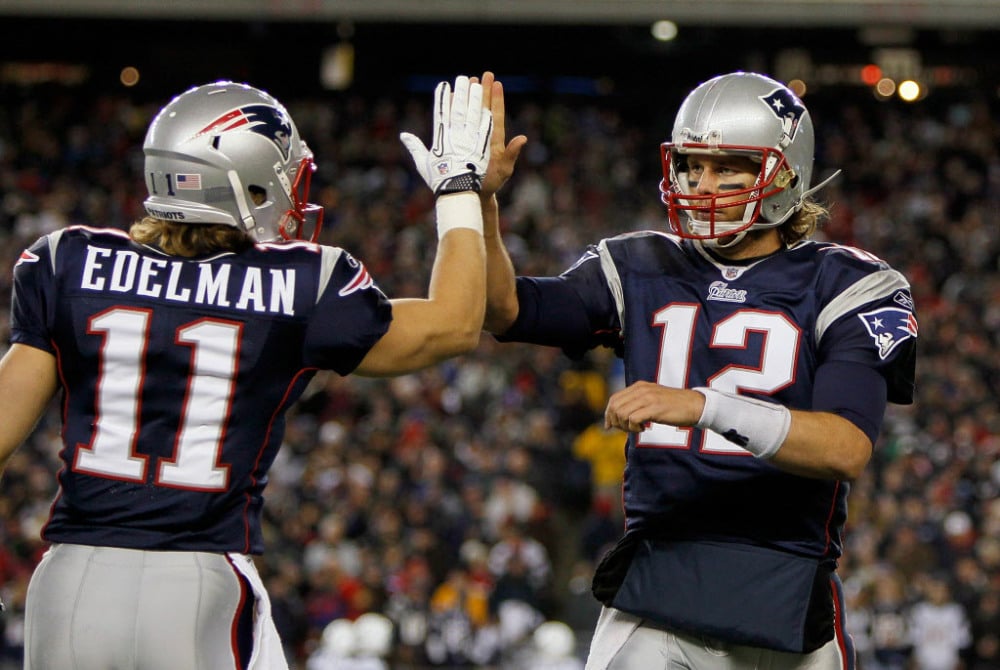Daily fantasy football is very different than daily baseball or daily basketball – even though it’s “daily,” it’s still a weekly game. Because of the brutality of the game – some of the huge over-the-middle hits have gone away in recent years, but not completely – football is a sport that can’t be played as frequently as others. Obviously, this is an important thing to think about in NFL DFS.
Thanks to our Trends tool, we can see each position’s Plus/Minus last season after a specific number of days of rest. In the table below, you’ll see the five groups and what they mean – for example, a team playing after four days rest means that they’re playing the Thursday night game after playing the previous Sunday.
| QB | RB | WR | TE | D/ST | |
| 4 days (Thursday after Sunday) | -2.55 | +0.81 | -0.93 | -0.43 | +0.30 |
| 6 days (Sunday after Monday) | +2.19 | -0.69 | +0.68 | +0.50 | -0.53 |
| 7 days (Sunday after Sunday) | -0.19 | +0.04 | -0.01 | -0.01 | +0.73 |
| 8 days (Monday after Sunday) | +1.44 | +0.82 | -0.44 | +0.61 | +0.53 |
| >8 days (anytime after bye) | +0.41 | -0.12 | +0.28 | +0.33 | -2.95 |

Wide receivers, running backs, and tight ends, while fluctuating a bit in terms of Plus/Minus, all remain relatively stable no matter how many days of rest they get. I looked at data on Thursday games last week, and you can see that it matches up with the four-days data here – big drop for QBs, small drop as a result for their pass-catchers, and a bump for running backs. The correlation between those positions – positive between QBs and their receivers and negative between QBs and their running backs – is shown here.
The biggest Plus/Minus, either positive or negative, is found with D/STs — they have performed very poorly when coming off a bye. I’m sure there have been a ton of studies done on the rest versus rust topic, but in terms of fantasy football, it’s definitely all rust when it comes to defenses and special teams in this instance. Their Plus/Minus is so bad I feel confident in saying you just shouldn’t even think about doing it.
Interestingly, the offensive positions didn’t see quite the boost as I was expecting. Quarterbacks, wide receivers, and tight ends all have a positive Plus/Minus coming off a bye, but it’s small, especially in comparison to the eight-day data of teams playing on Monday night after the previous Sunday. Perhaps that’s the middle ground in the rest versus rust debate – an extra day off doesn’t kill momentum, but it does give the player just a little more rest than their opponent.
I’m not exactly sure what’s up with the QB and pass-catcher data for six days of rest. It could be noise, or perhaps just better QBs happen to play weaker teams in those situations. In regards to takeaways, I would focus on the two extremes of the graph – avoid the passing game of teams playing on short rest and definitely avoid the defenses of teams coming off a bye.





